Moving valuables far away can be worrisome for everyone involved. For us movers, is there anything more important than keeping our customers’ belongings safe during a long distance move? Damaged goods can be costly… both to our bottom lines and our reputations.
Movers can probably guess what kinds of items are most prone to suffering damage in transit. Nevertheless, we crunched the data to find out which items are most at-risk during transit, relative to other common items. Here are crucial tips on packing these items in a way that will minimize damage, maximize profits, and keep our reputations sky high.
How to Pack Flatscreen TVs
For anyone out there who thinks wrapping a flat-screen TV in a furniture pad and loading it on the truck is a good idea, I’ve got one word: “Areyoukiddingme?!” Not only are flat screens the most often damaged item on long-distance moves, but they are also, unofficially, every customer’s most valued possession. This one has to be done right.
Luckily, it isn’t hard. You just need the right supplies.
-
Always start by securely wrapping every inch of that flat screen with a furniture pad
-
Get a TV box. Prep your TV box by lining the bottom with crumpled packing paper
-
It’s rare that the customer will have the original box. A four-piece picture frame carton works well for smaller TVs. Larger ones might require six pieces. There are also cartons out there designed specifically for flat screens. Or take a mattress box and cut it down to size
-
-
Cover the screen side of your padded TV with an extra piece of cardboard, to add an extra bit of protection against external impact
-
TV in box, add more crumpled packing paper to further protect each surface and edge
-
Tape your carton securely, Label the outside with plenty of words of warning: “TV”, “FRAGILE”, and “KEEP UPRIGHT”
How to Pack Glassware, Dishes, Vases, China, Ceramics
These items win the prize for most time-consuming to pack. The trick with this stuff is to find that balance between adequate padding and keeping everything inside the carton tight, for two reasons. One, you don’t want breakables moving and shifting and vibrating in that carton while in transit. Two, a tight, dense carton is less prone to being crushed or damaged, vertically or laterally, from external impact.
-
A sturdy carton is always best
-
Use plenty of packing paper, crumpled and covering each interior surface of your carton
-
Pack glasses upright, and plates vertical/on end
-
Pack dishes on the bottom of your dish pack, bowls in the middle, glasses on top
-
In other words, heaviest items on bottom, lightest on top, just like loading a truck
-
-
A packed dish pack should be dense and tight, with lots of crumpled packing paper on top
-
Partitions are useful for crystal and stemware, mainly to guard against top-down pressure. Still, it’s critical to keep everything tight and immobile in there
Note: Decorative glass and ceramic items, particularly odd-shaped pieces, are better off packed separately from the plates and bowls and glasses in the kitchen. Using a dish pack for such items is not always necessary. Using ample amounts of packing paper is. Keep things tight, and label that box on every side in big red lettering: “FRAGILE, GLASS, TOP LOAD”!
Packing Help – Instantly Compare Local Packers and Movers | HireAHelper
How to Pack Picture Frames and Artwork
Picture Frames and Artwork
Picture frames come in all sizes, and therefore can – and should – go in whatever size carton is appropriate and sensible. The one common denominator? Pack them (and load them on the truck) vertically.
-
Large picture frames and pieces of wall art can be wrapped in furniture pads, though brown Kraft paper will usually suffice
-
Cover large surfaces with extra cardboard (same as TVs)
-
Smaller picture frames can go in dish packs – not with dishes, but with other picture frames
-
Fill extra space in your box with non-threatening items (e.g., clothing, bedding)
-
Smaller frames can go in 4.5 cartons, 3.1 cartons, or even book boxes. Just keep them vertical and protected and label those cartons well
Moving far away?
Do it cheaper.
MovingPlace can save up to 40% compared to traditional interstate moving companies. Click here to learn how.
How to Pack Mattresses and Box Springs
Though they are among the simplest items in the world to pack, mattresses and box springs nevertheless often get damaged on long-distance moves. The reason? They don’t actually get packed… at all. Haul a mattress or box spring onto the truck and cover it with some pads, and you’ll end up with soiled and torn fabric. Do this instead:
-
Put mattresses and box springs into proper mattress cartons, which can be a bit pricey, but not nearly as costly as a replacement mattress
-
Slip mattresses and box springs into mattress bags before packing them in cartons to help keep them clean
-
Avoid taping mattress bags completely shut, especially for long drives. Doing so can trap moisture inside, causing mold, mildew, or just plain stink
-
-
For the same reasons, DO NOT wrap mattresses and box springs in shrink wrap (yes, I’ve seen it done). Besides the moisture factor, shrink wrapping is also wasteful and ineffective. Go with the mattress bag/box combo
Had trouble with other hard-to-pack items? Let us know! We’ll go over more strategic tips to give your skills and your business a boost.

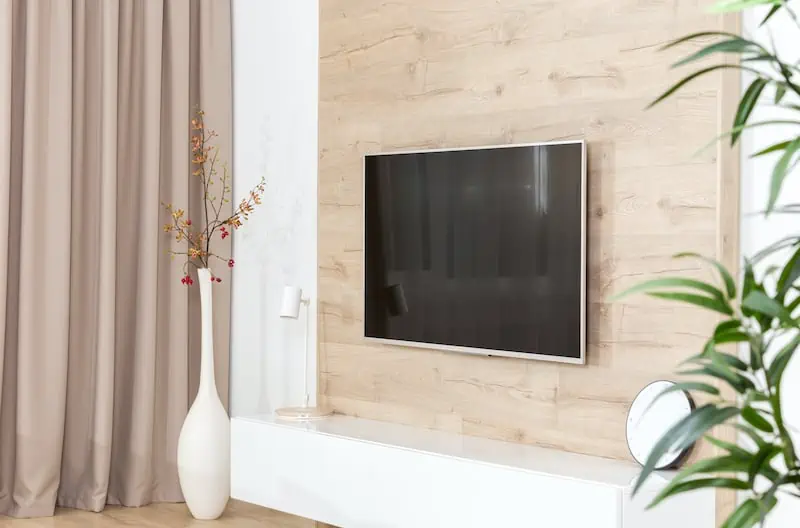


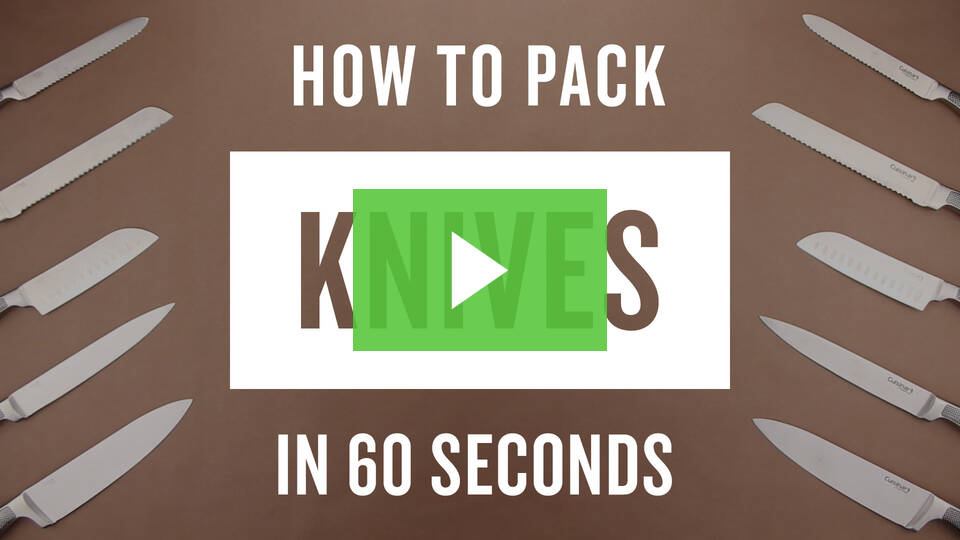
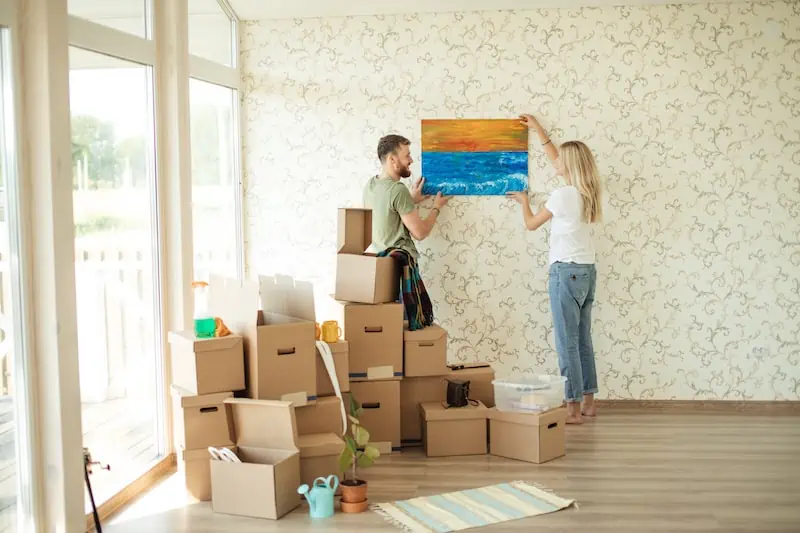

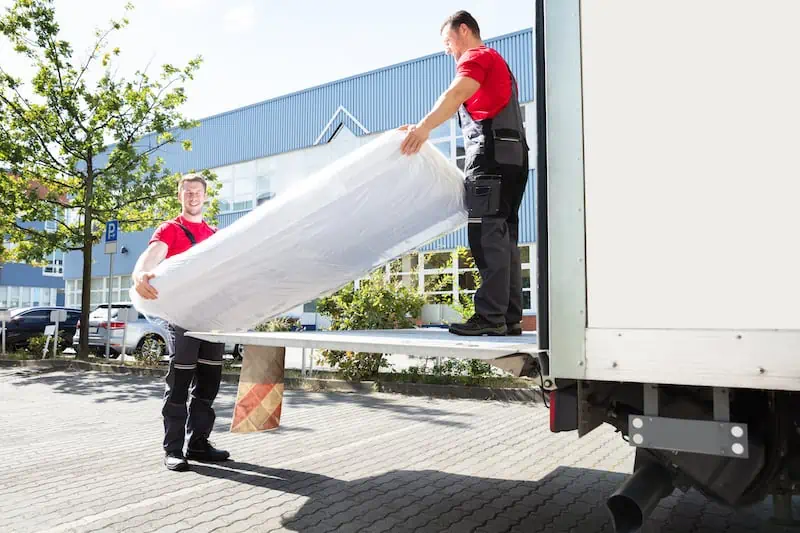
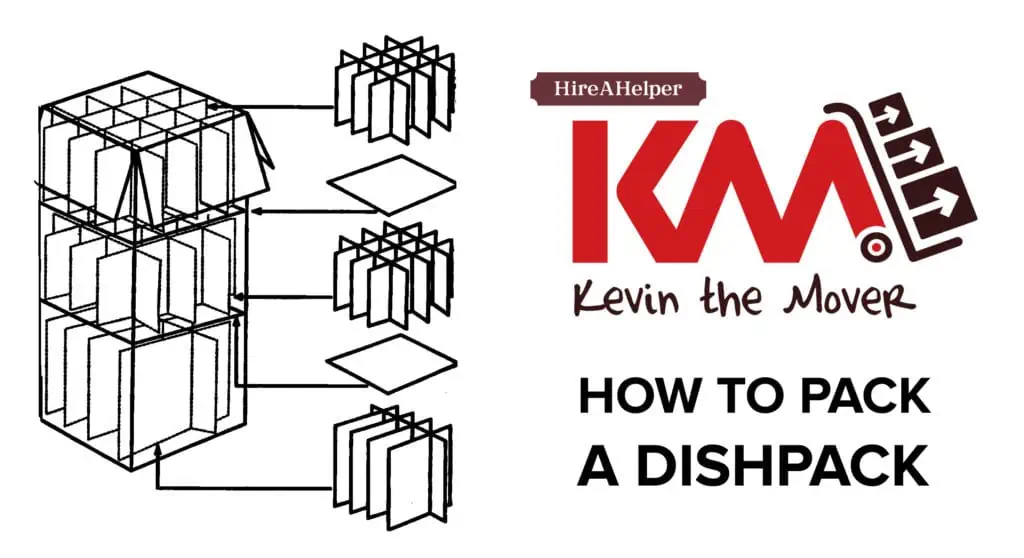
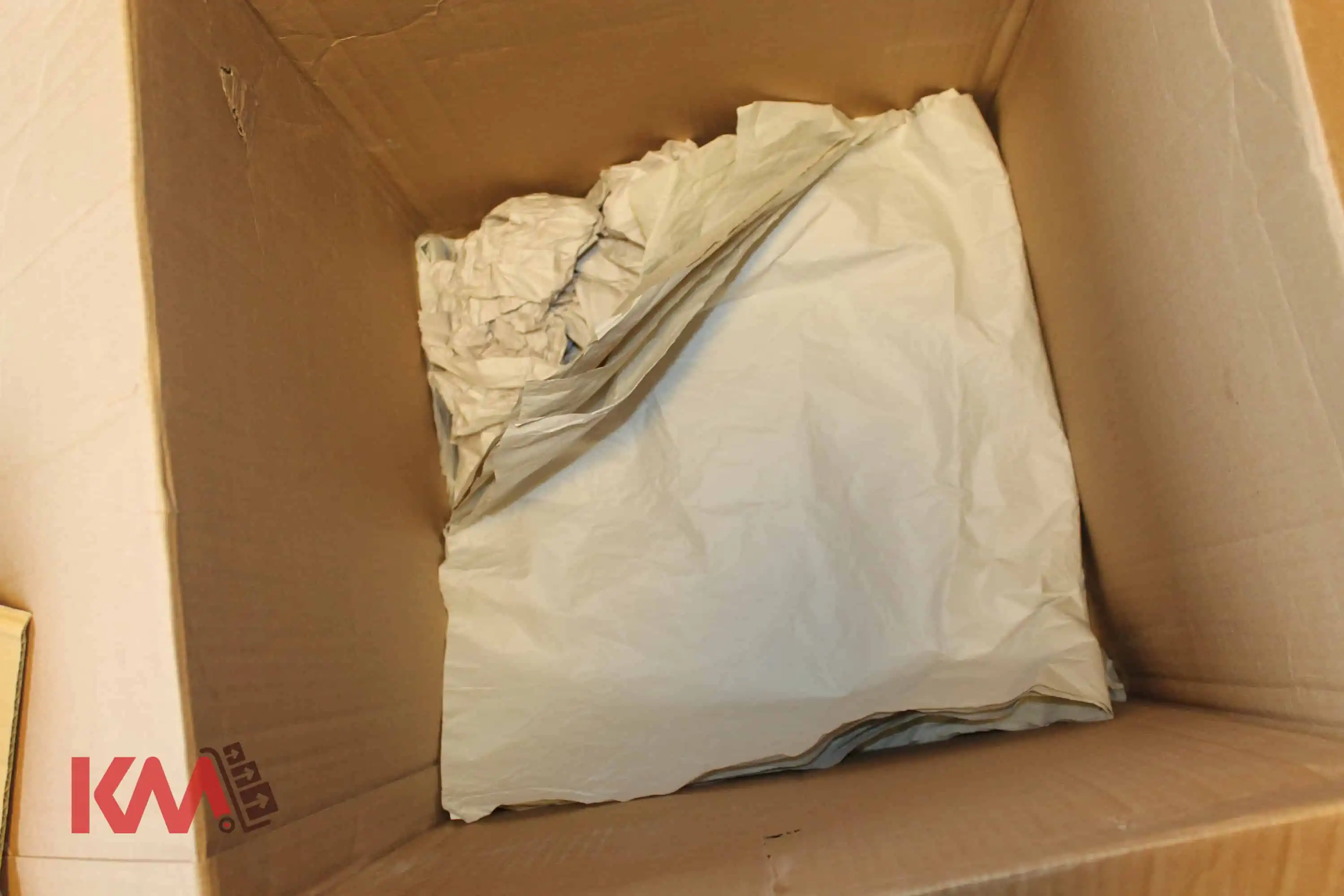
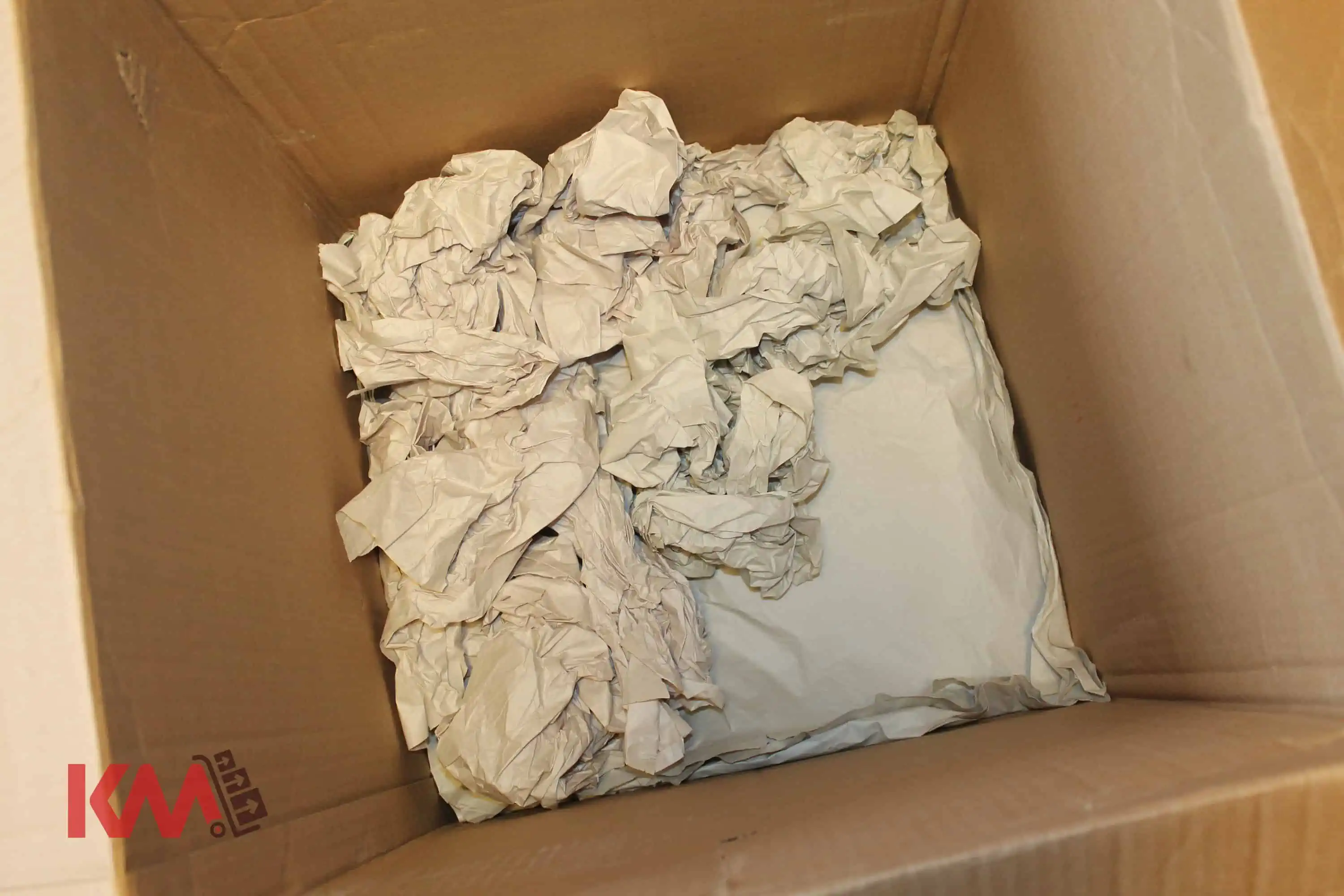 I’d never been completely comfortable
I’d never been completely comfortable